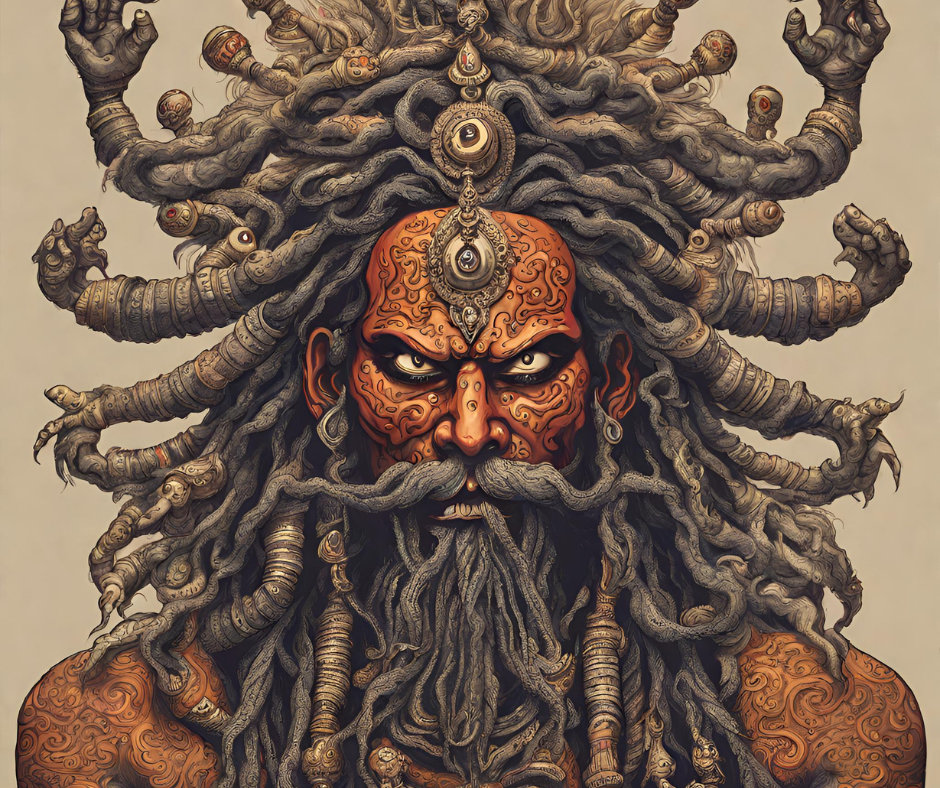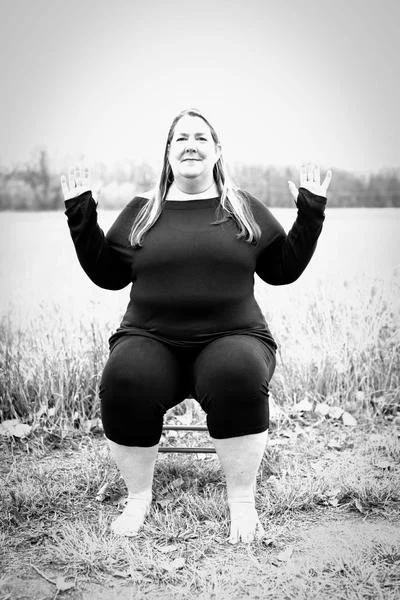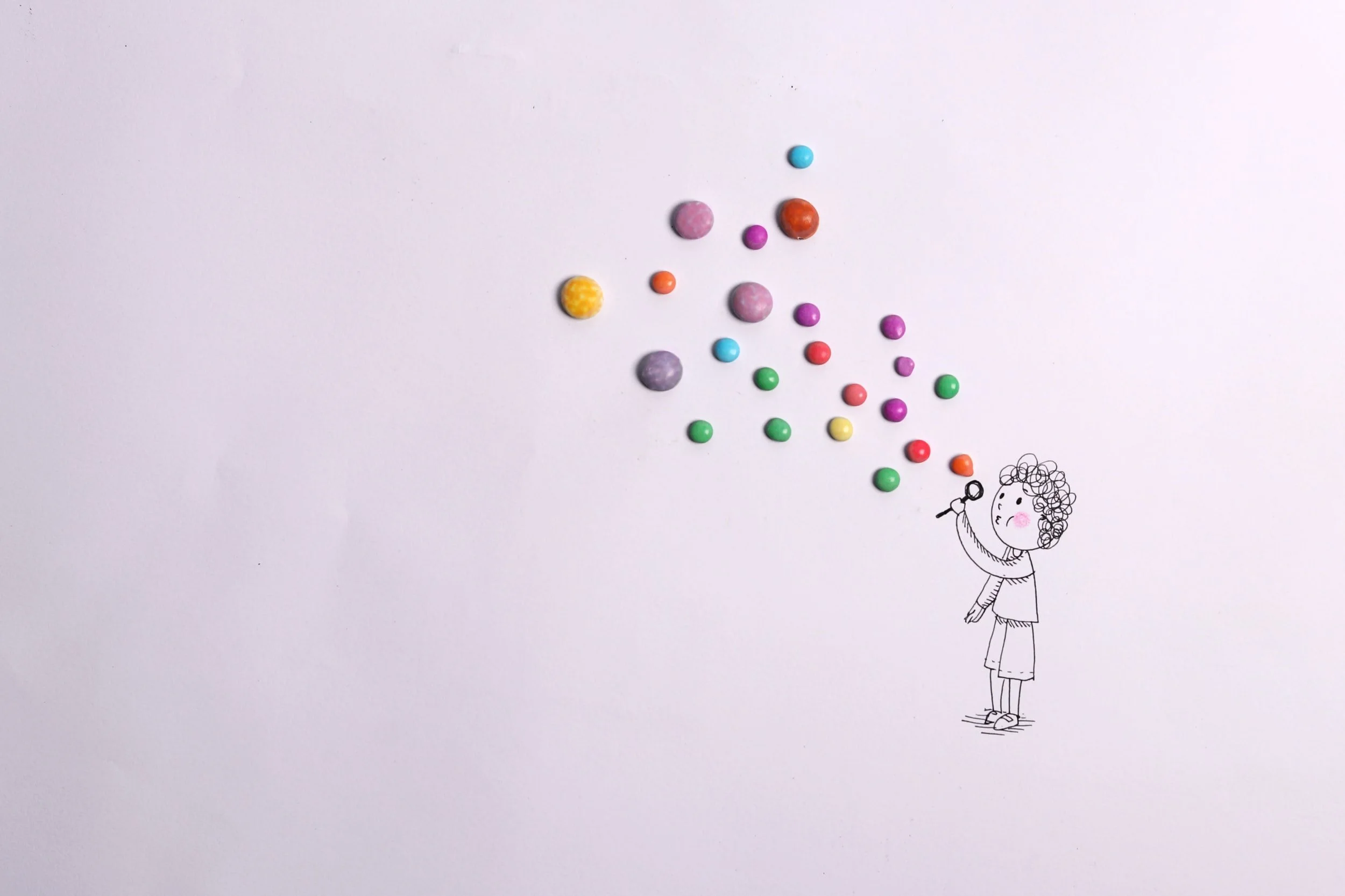Virabhadrasana: The Story of Hero Pose
/If you practice Hatha yoga, you are surely familiar with the Warrior poses. Warrior 1: solid, stable, firm, and proud; Warrior 2: open wide, centered between a forward- and backward- balanced reach, gazing to the horizon, and Warrior 3: arms stretched forward while balanced on one leg. These are the trifectas of the powerful Warrior poses. Plus, with the many modern variations like Humble Warrior, Sun Warrior, and many others, you have experienced many Warrior series during your years of practice.
Breaking down the Sanskrit name of a pose – such as Virabhadransana for Warrior – provides insight into the meaning behind it, and, in this case, we learn the story of Virabhadra, the great warrior. Virabhadrasana is a combination of three words:
Vira = Hero (now you also know the meaning of Virasana = Hero Pose)
Bhadra = Friend
Asana = Seat or Posture
By understanding the meanings of the words, we get a sense that the pose should feel somehow heroic - strong, stable, perhaps even intense, and friendly. What could that mean? There is complexity to the story of Virabhadra and examining it can help us understand the deeper meanings of the pose.
According to Hindu mythology, Lord Shiva married Sati, an incarnation of Shakti. Sati’s father, Daksha, disapproved of the marriage. Like so many other fathers, Daksha did not consider Shiva, a dreadlocked yogi who consumed intoxicants and loved to sing and dance, to be good enough for his daughter. He demonstrated his displeasure by throwing a party in the celestial realm and invited everyone except Shiva and Sati. Sati tried to convince Shiva to attend the party with her anyway; Shiva resisted.
Sati went alone and confronted her father. “Why did you not invite me and my husband?” she demanded to know. Her father’s reply was to ridicule Shiva, saying he was classless, a wild animal. As her father ridiculed Sati, the party guests laughed at the spectacle. Humiliated and angered by her father’s actions, Sati declared she no longer wanted to be tied to him. She denounced her earthly body, created and given to her by her father, and initiated a practice that ignited her inner fire (agni). Her agni burned so fiercely, she burst into flames.
Shiva became distraught when he heard of his wife’s death and tore at his dreadlocked hair, throwing it on the ground. From this action of grief arose Virabhadra, a fierce warrior. With a thousand arms, three eyes, and wearing a garland of skulls, Virabhadra was the picture of ferocity. Shiva commanded Virabhadra to avenge Sati’s death and instructed him to go to the party, kill everyone, and behead Daksha.
Virabhadra’s actions avenging Sati’s humiliation and ultimate death are shown in the Warrior poses.
Warrior 1: Virabhadra arises from deep underground, thrusting through the earth with his sword held aloft.
Warrior 2: Virabhadra stands with his sword poised, ready to strike.
Warrior 3: Moving swiftly and precisely, as commanded by Shiva, he cuts off Daksha’s head.
When Virabhadra had completed these actions, Shiva arrived to survey the carnage. As Virabhadra was absorbed back into Shiva’s form, Shiva’s anger turned into sorrow and compassion, and the slain gods miraculously returned to life. Shiva found Daksha’s headless body and brought it back to life, giving him the head of a goat. The goat-headed Daksha, grateful to be alive, bowed to Shiva, dubbing him “Shiva Shankara” (kind and benevolent one).
The story ends with Shiva walking away carrying the lifeless body of his wife, Sati.
There are different ways you might interpret this story: You might see the partygoers and Daksha as representations of evil and ignorance, destroyed by ferocity and the sword of Virabhadra. Another idea, however, is that Virabhadra is a part of Shiva and represents the inner and outer battles that each of us face and reminds us to approach them with both strength and compassion.
The qualities that we cultivate in our physical practice seep in through the cracks, into our energy body, our emotions, and our mental state. When we practice the variations of Virabhadrasana, we embody the strength, ferocity, and the fearlessness of a warrior. In doing so, we can eventually also experience compassion. As you consider the story of Virabhadra, what concepts or ideas from it can you integrate into your practice and, ultimately, into your life?



































